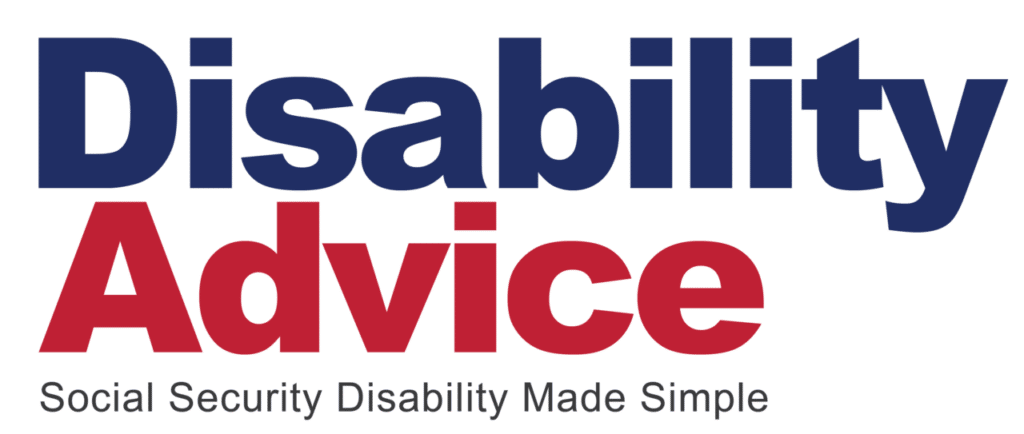Can You Get Disability for Diabetes?
- Diabetes qualifies as a disability if it causes severe complications that prevent work for at least 12 months or are expected to be fatal.
- Individuals with diabetes may qualify for either SSDI or SSI depending on their work history and income.
- Diabetic complications, such as nerve damage, cardiovascular issues, and kidney failure, are recognized as disabilities by the Social Security Administration.
- Diabetes-related conditions like ketoacidosis and hypoglycemia may also contribute to qualifying for disability benefits.
Is Diabetes Considered a Disability?
Yes, diabetes mellitus is a qualifying disability if it causes complications that will likely prevent you from working for at least the next 12 months or is expected to cause your death.
Diabetes is an endocrine disorder that can cause chronic high blood sugar, which damages the nerves and blood vessels. This development can trigger serious and debilitating conditions, including blindness, loss of sensation in the extremities, amputations, heart disease, kidney disease, and other disabling conditions. Maintaining a steady job is impossible for many with diabetes who are coping with these serious complications.
Qualifying for SSDI
You may be eligible for Social Security Disability Insurance, or SSDI, if you have a qualifying disability and have worked long enough to accrue sufficient work credits. This means you paid enough into the Social Security system to be insured. The minimum number of work credits required varies based on the age at which diabetes rendered you disabled.
Qualifying for SSI
If you do not have enough work credits to qualify for SSDI but have developed disabling complications from diabetes, you may qualify for Supplemental Security Income, or SSI. SSI pays benefits to low-income individuals with qualifying disabilities and limited resources. You may be able to get SSI for diabetes if you have a complication preventing you from maintaining gainful employment that is expected to either last at least a year or end in death. SSI is a needs-based program, so you must have little to no income or resources to qualify.
Disability Eligibility Criteria for Diabetes
The Social Security Administration’s Listing of Impairments covers diabetes under the Endocrine Disorders category as Diabetes Mellitus Type 1 and Type 2. Type 1 diabetes, also known as juvenile diabetes, is characterized by an inability to produce insulin. Type 2 diabetes stems from the body’s failure to respond to insulin, also known as insulin resistance.
Both types cause a blood sugar increase—a condition known as hyperglycemia—if not controlled. Elevated blood sugar rarely causes symptoms that would qualify as disabling. However, chronic hyperglycemia can damage the nerves and blood vessels, causing acute and long-term complications in multiple body systems. These complications include acute and chronic health conditions that instigate long-term disabilities.
Many of these complications are listed as separate conditions on the Listing of Impairments. If you meet the criteria described for any condition, you have a qualifying disability.
Diabetic Ketoacidosis
Diabetic ketoacidosis occurs when the body becomes too acidic and hyperglycemic due to an illness or lack of insulin therapy. It is a dangerous condition that usually requires hospitalization. Treatment for ketoacidosis can cause long-term complications that may trigger permanent functional limitations severe enough to qualify for disability benefits. These complications include the following conditions under the Listing of Impairments:
- Cardiac arrhythmias
- Intestinal necrosis
- Cerebral edema
- Seizures
If you experience diabetic ketoacidosis repeatedly, it could be a sign of a mood disorder or eating disorder. The Listing of Impairments also includes these types of disorders.
Hypoglycemia
Those with diabetes often experience blood sugar ups and downs, which include episodes of dangerously low blood sugar levels. Adults who are aware of the warning signs of hypoglycemia can recover by consuming substances high in glucose.
Although the Social Security Administration will consider frequent bouts of hypoglycemia when evaluating disabilities, it may not be enough to qualify as a disability. However, hypoglycemia can precipitate other complications that are listed as qualified impairments, including the following:
- Seizures
- Unconsciousness
- Altered mental status
- Cognitive dysfunction
Nerve Damage
Chronic hyperglycemia damages the nerves and can affect any part of the body. Peripheral neuropathy is nerve damage that causes weakness, numbness, and pain. According to the Mayo Clinic, it most commonly develops in the hands and feet but can also affect internal body parts and impair digestion and urination. Diabetic neuropathy is included in the Social Security Administration’s Blue Book under Neurological Disorders.
Cardiovascular Disorders
Peripheral neurovascular disease occurs when the blood vessels narrow. It can affect blood vessels anywhere in the body but most often those of the legs and feet, causing numbness, weakness, skin disorders, and infections. Bacterial and fungal infections can cause gangrene and require amputation.
The Social Security Administration has included persistent bacterial and fungal diseases caused by diabetes on the Listing of Impairments under Skin Disorders. Amputations also are in the Blue Book in the Musculoskeletal Disorders category.
Furthermore, diabetes can cause a narrowing of the blood vessels supplying the heart, known as coronary artery disease. This condition causes shortness of breath, fatigue, and chest pain. The Social Security Administration evaluates disabilities from coronary artery disease and peripheral neurovascular disease under the Cardiovascular Disorders category.
Disorders of the Digestive System
Diabetic gastroparesis involves abnormally slow movement of food from the stomach into the intestines. The Social Security Administration’s Listing of Impairments includes chronic digestive motility disorders that necessitate the use of a feeding tube for at least 12 months.
Kidney Failure
The Social Security Administration evaluates diabetic nephropathy under Genitourinary Disorders and requires supporting medical records and laboratory findings. The administration will need your treatment records and lab data, such as your serum creatinine and albumin levels, to document your kidney function, usually for at least 90 days.
Diabetic Retinopathy
Diabetic retinopathy can create significant vision impairment and blindness. The Social Security Administration has included it in the Listing of Impairments in the Special Senses and Speech category. You are statutorily blind if your best corrected central vision is 20/200 or worse.
Unlisted Conditions
If you have diabetes mellitus without any listed complications, you may still qualify for disability. However, your application must go through a manual five-step process to determine whether you can perform substantial gainful activity. This process involves a series of five questions:
- Can you currently perform substantial gainful activity? If yes, the administration will determine that you are not disabled and deny your application.
- Do you have a physical or mental impairment or a combination of impairments that is severe and expected to last at least a year? If yes, your application progresses to the next question.
- Is your impairment equal to or as severe as one listed in the Blue Book? If yes, the determination of your application will move to the next question.
- Can you still do past relevant work? If yes, your disability does not meet Social Security’s definition of disability, and your application will be denied. Otherwise, your application progresses to the final question.
- Based on your age, education, work experience, and residual functional capacity, can you perform another type of work? If no, you meet Social Security’s definition of disability even if your condition is not on the Listing of Impairments.
How Much Can You Earn From Disability Benefits
The amount of SSDI benefits you will receive is based on your earnings history and the year you stopped working. As of 2025, the maximum award is $4,018 (up from $3,822 in 2024). but most people receive less. The average monthly SSDI payment is $1,537. You can estimate your monthly payment using our SSDI calculator.
If you are eligible for SSI, your monthly payout is based on your income and the number of people in your household. The maximum amount for a single individual in 2024 is $967. However, according to the 2024 Annual Report of the Supplemental Security Income Program, the average monthly payment as of January 2024 was $672. Some states offer supplementation payments to SSI recipients. The average state payment in January 2024 was $214.
Get Help Applying for SSDI Benefits
Applications for SSDI are often wrongly denied. Having our knowledgeable Social Security lawyers on your side increases your likelihood of approval the first time, and we can help you appeal if your claim was already denied. Applications for disability based on diabetes are especially complicated, but we are experienced in handling these claims and know how to make your case so the Social Security Administration recognizes your disability and approves your application.
Contact us today for a free consultation.
- Free case evaluation
- Assist with denied claims
- Ensure you have all documents
- Make the process easy for you
Fill in the form below and let us know how we can help you!
"*" indicates required fields

